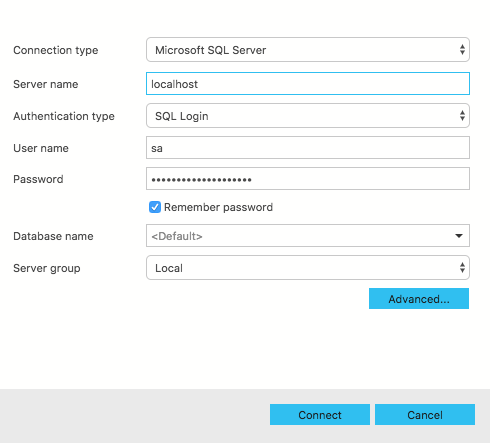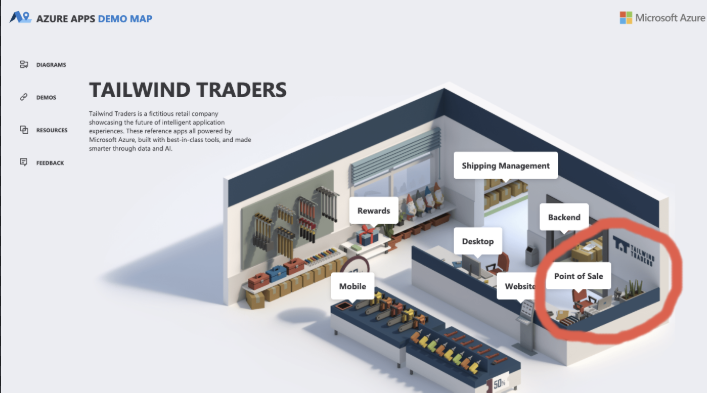
- #Docker mac sql server space for container install
- #Docker mac sql server space for container professional
- #Docker mac sql server space for container windows
#Docker mac sql server space for container professional
What’s the number one thing a data professional wants to do with their data…keep it around.
#Docker mac sql server space for container windows
This entry was posted in Containers, Windows Server 2016. Let me know if you come across any other issues and I’ll investigate 🙂 Running compose seems to create a new virtual NIC, so you will end up with: – The way I got around this was to disable the existing vEthernet (HNS Internal NIC) adapter in my network connections. One thing to mention, you may come across this error: – Very useful for building a development environment, once our applications are deployed they can connect to SQL within the containers instantly. This script has worked through the docker-compose.yml file and built 5 containers referencing v1Įxcellent, five containers up and running! By using docker compose we can build multiple containers running SQL with one command. The command to utilise compose to build our containers is very simple: – We need to navigate to the C:\docker\compose directory before we run our first compose command: –Īnd now we can run our compose command.
#Docker mac sql server space for container install
Once the install has finished, verify the version: – To check what the latest version, jump onto this GitHub page. The 1.14.0 in the command above is the latest version. Invoke-WebRequest "" -UseBasicParsing -OutFile $Env:ProgramFiles\docker\docker-compose.exe

– this is a test command, you should see a help reference output if it is installed (and you can skip the next part). Now that we have our files created, let’s run our first compose command. – To check which versions of docker are compatible with which compose file formats, there is a compatibility matrix here # define our services, all database containers # this depends on what version of docker is running

In the C:\docker\compose directory, I’m going to create one file calledĭocker-compose.yml which is a file for defining the services I want to run in my containers. # attach the databases into the SQL instance within the containerĮNV attach_dbs="" # no file path for the files so they need to be in the same location as the dockerfile # copying the database files into the container RUN powershell -Command (mkdir C:\\SQLServer) # creating a directory within the container # building our new image from the microsft SQL 2017 image Within the C:\docker\builds\dev1 directory, I’m going to drop my database files and my dockerfile: –

I’m going to create a couple of folders on my C:\ drive that’ll hold the compose and dockerfiles: – What I’m going to do is go through the steps to spin up 5 containers running SQL Server, all listening on different ports with different sa passwords.īit of prep before we run any commands. Compose is a tool defined as: –Ī tool for defining and running multi-container Docker applications.Īs SQL Server people we’re only going to be interested in one application but that doesn’t mean we can’t use compose to our advantage. This post is going to go through the steps needed in order to use docker compose to build multiple containers at once. What if we know how many containers will be needed? What if we want our applications to instantly connect to containers the second they are deployed? Ok, I know that spinning up containers is a short process, but I’m all about reducing deployment time. However, this does mean that the applications will have to wait until the containers come online. This ad-hoc approach works well as containers are only spun up and used when needed, conserving resources on the host. In the application server driven approach, the application server will contact the container host, build & run a container and capture details of the container (such as the port number) in order for the application(s) to connect. There are two different approaches to doing this: – I need a way to get multiple containers up and running easily.

In the real world this will never be the case, at any one time there will be multiple containers (I have over 30) running on a host. Up until now my posts about containers have been talking about working with one container only.


 0 kommentar(er)
0 kommentar(er)
